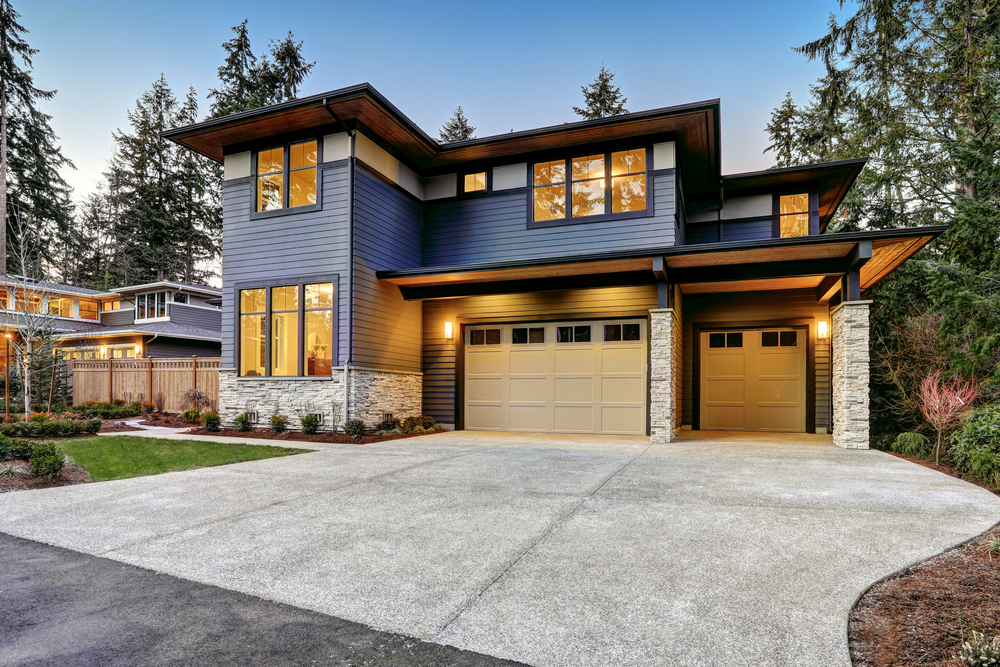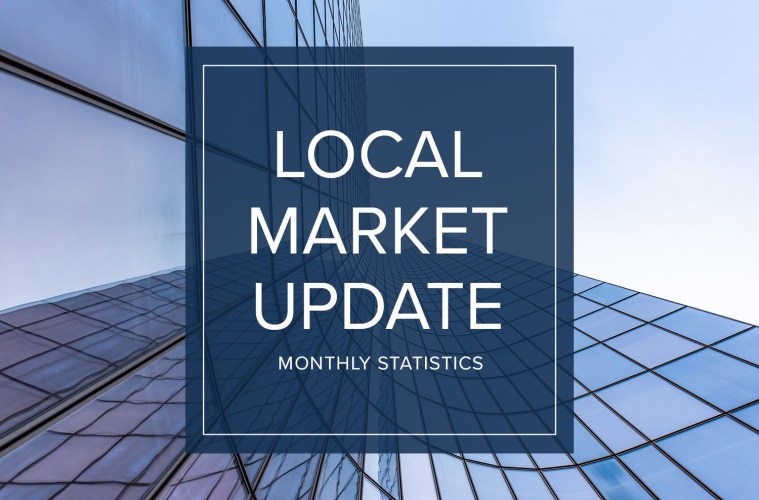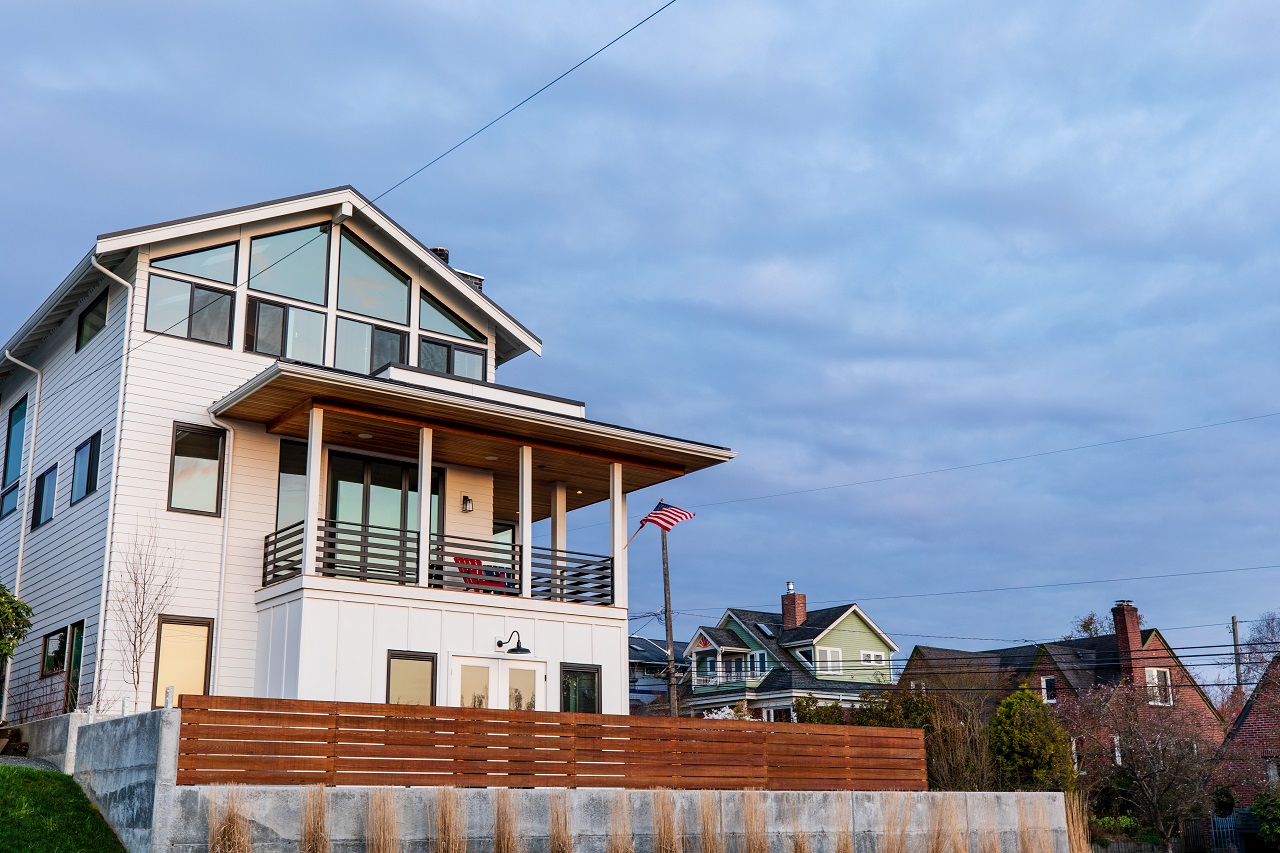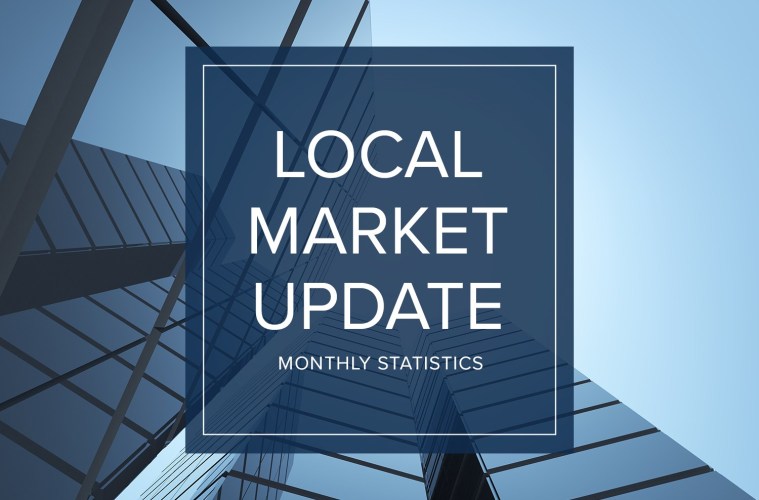
Seattle Ranks No. 6 For Investment In High-Density Housing Nationwide


A Guide to VA Loans

Image source: Shutterstock
VA loans provide a path toward homeownership for active service and veteran personnel and their families. The following serves as a guide to understanding what they are, who they are available to, and what types of loans are available to them.
VA loans can be confusing, so talk with your Windermere agent as you prepare to discuss your options with your lender. “Even people in the military have misconceptions about (VA loans),” said Windermere agent and Veteran Gervon Simon in a recent episode of our “Ask An Agent” series.
What are VA Loans?
The VA loan program was established by the United States Department of Veterans Affairs (VA) to help active service members, veterans, and surviving spouses become homeowners. VA loans are backed by the federal government yet provided by private lenders such as banks and mortgage companies. VA loans can be used to buy, build, or improve a home, or to refinance a current home loan.
How do VA Loans work?
VA loans have appealing characteristics for homeowners including lower-than-average mortgage rates, zero down payment on the purchase price, no-prepayment penalties, limited closing costs, and no Private Mortgage Insurance (PMI). They are typically easier to qualify for than standard home loans. With VA-backed loans, they guarantee a portion of the loan from a private lender. This means less risk for the lender, often resulting in more favorable terms for the homeowner. You do not have to be a first-time homebuyer to receive a VA loan. VA loan limits vary by county, so be sure to work with your Windermere agent to determine the limit in your area.
Which loans are available?
- VA-backed purchase loans may be used to buy a single-family home, condo, manufactured home, or land. They also may be used to make energy-efficient changes to your home. Additionally, you can use a purchase loan to build a new home.
- They offer no down payment, as long as the home’s sales price does not exceed its appraised value.
- There is no need for PMI or mortgage insurance premiums (MIP).
Native American Direct Loan (NADL)
- For Veterans who are either Native American or have a Native American spouse, the NADL can help to buy, build, or improve a home on federal trust land.
- Beyond basic requirements of eligibility and credit standards, to be considered for the loan your tribal government must have an agreement—or Memorandum of Understanding (MOU)—with the VA. For more information on MOUs, visit this page: MOU Info
Interest Rate Reduction Refinance Loan (IRRRL)
- The IRRRL is a refinancing tool for those with VA-backed home loans that are looking to reduce their monthly mortgage payments.
- The IRRRL replaces a current loan, giving homeowners the ability to stabilize their repayment plans.
- A VA funding fee may be required. Loan interest and closing fees will be charged by your lender but including these costs in your IRRRL will help you avoid paying the costs upfront.
- The cash-out refinance loan allows homeowners to take cash out of their home equity or refinance a non-VA loan into a VA-backed loan.
- In addition to your Certificate of Eligibility (COE), you’ll need to provide additional federal income tax information to your lender.
- A home appraisal will be ordered by your lender. Similar to an IRRRL, a VA funding fee may be charged at closing. Follow their closing process and pay all closing costs.
For more information on the different types of VA Loans, eligibility, and more, visit the Veterans Affairs website here: VA Loans
House vs. Townhouse vs. Condo

Image sources: House, Townhouse, Condo: Canva — Question marks: Shutterstock
Deciding between a house, townhouse, and condominium can be a difficult process. Knowing how their characteristics align with your life and goals as a homeowner will help guide you to the right choice.
- Detached houses offer the most freedom and privacy of the three housing options. They provide the opportunity to personalize your home as desired, without rules from a governing body like HOA. Houses don’t share walls like townhouses or condos, and typically offer larger outdoor spaces as well.
- Situated on their own lots, owning a house leaves the responsibility of maintaining and improving the structure and accompanying land to the homeowner. Between a down payment, closing costs, and other homeowner fees, the upfront costs of owning a house can be significantly higher than a townhouse or a condominium.
- A townhouse is typically a narrow, multileveled structure connected to others in a row or block, typically with a small parcel of property in front of or behind the home. Somewhere between a house and condo, townhouses may be the best of both of worlds for some homeowners.
- Like a house, townhouse owners are responsible for exterior (roof and siding) maintenance and repair. Most townhouses tend to have a small footprint and modern upgrades, with lower HOA fees than condos due to a lesser focus on shared amenities.
- Condominiums are divided, individually owned units of a larger structure. Due to their smaller size and because they come with no land, condos are typically less expensive than a townhouse or a house. However, HOA fees combined with a monthly mortgage payment can increase the cost of condominium living, depending on the amenities offered in a building. Unique to condo ownership, the exterior of the units is considered a common area with ownership shared among the condo owners in the building.
- As a condo owner, you are only responsible for the inside of your unit. With this decreased maintenance comes less exclusivity and privacy. Condo owners live in close proximity and typically share amenities like gym and pool access, laundry, and other facilities.
- For homeowners looking at their property as an investment in their financial future, houses are a strong choice. Houses allow homeowners to plan long-term with the knowledge that their home will build equity over time.
- If you are planning on putting down roots and starting a family, houses provide the best opportunity to grow into your future and are better suited to handle significant life changes.
- For people looking for more space than a condo but are not quite ready to make the jump to a single-family home, townhouses are the perfect fit. They present a great steppingstone for first time home buyers or buyers who simply don’t want the responsibility of taking care of a larger, standalone home and yard.
- Townhouses are often located in residential neighborhoods. They are fitting for those looking to graduate from rented dwellings in city centers or metropolitan areas yet maintain greater ownership flexibility than a single-family house.
- Condominiums appeal strongly to homeowners looking for a low-maintenance residence, with access to shared amenities amongst a community. Condos are usually found in denser areas closer to downtown centers, shopping, and entertainment.
- They are a better fit for buyers seeking metropolitan surroundings than a detached home, which is typically found in a more suburban or rural environment. Given their proximity to city/town centers and mass transit, condos present the opportunity of a shorter commute for those who work in downtown areas.
After all the research, do what feels right. Whether it’s a house, townhouse, or a condo, talk with me anytime to find the best option for you and your future.
10 Steps to Selling Your Home

Image source: Shutterstock
Navigating everything involved with selling your home can seem intimidating. Breaking the process down step by step will keep you organized and ready to work towards a successful home sale.
1. Choose an agent
The Seahawks and Windermere Team Up Again to #TackleHomelessness


As the “Official Real Estate Company of the Seattle Seahawks,” all of us at Windermere are proud to kick off our fifth season of partnering with the Seahawks to #TackleHomelessness. For every defensive tackle made at a Seahawks home game this season, Windermere will donate $100 to Mary’s Place in support of their mission to provide safe, inclusive shelter and services that support women, children, and families on their journey out of homelessness. Mary’s Place has provided resources, housing and employment services to the homeless in the greater Seattle area since 1999.
Thanks to the Seahawks’ defensive efforts last year, we were able to donate $30,000 to Mary’s Place, bringing our grand total to $128,200 raised over the past four seasons. We look forward to raising even more this year!
Our partnership with Mary’s Place is in harmony with the mission of the Windermere Foundation—to support low-income and homeless families in the communities where Windermere operates.
 Facebook
Facebook
 X
X
 Pinterest
Pinterest
 Copy Link
Copy Link























